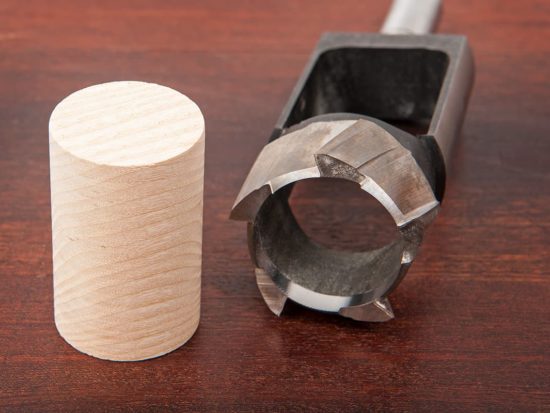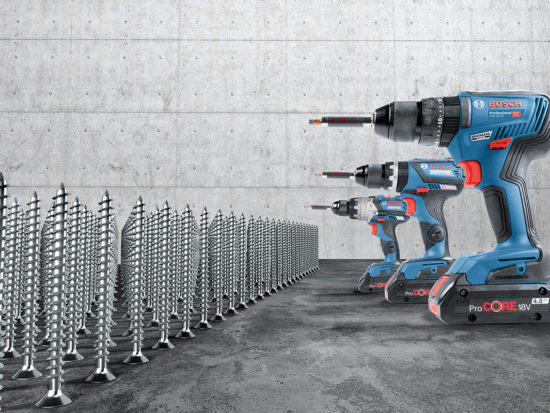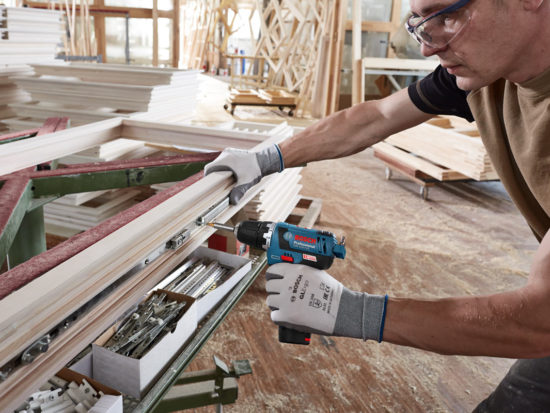SDS Drills
Introduction
This new type of power tool was introduced in the mid 70’s by Bosch and was called the SDS+ drill, or ‘Special Direct System’. Another interpretation is the ‘Slotted Drive System’ which is perhaps a more accurate way of understanding how the drill operates.
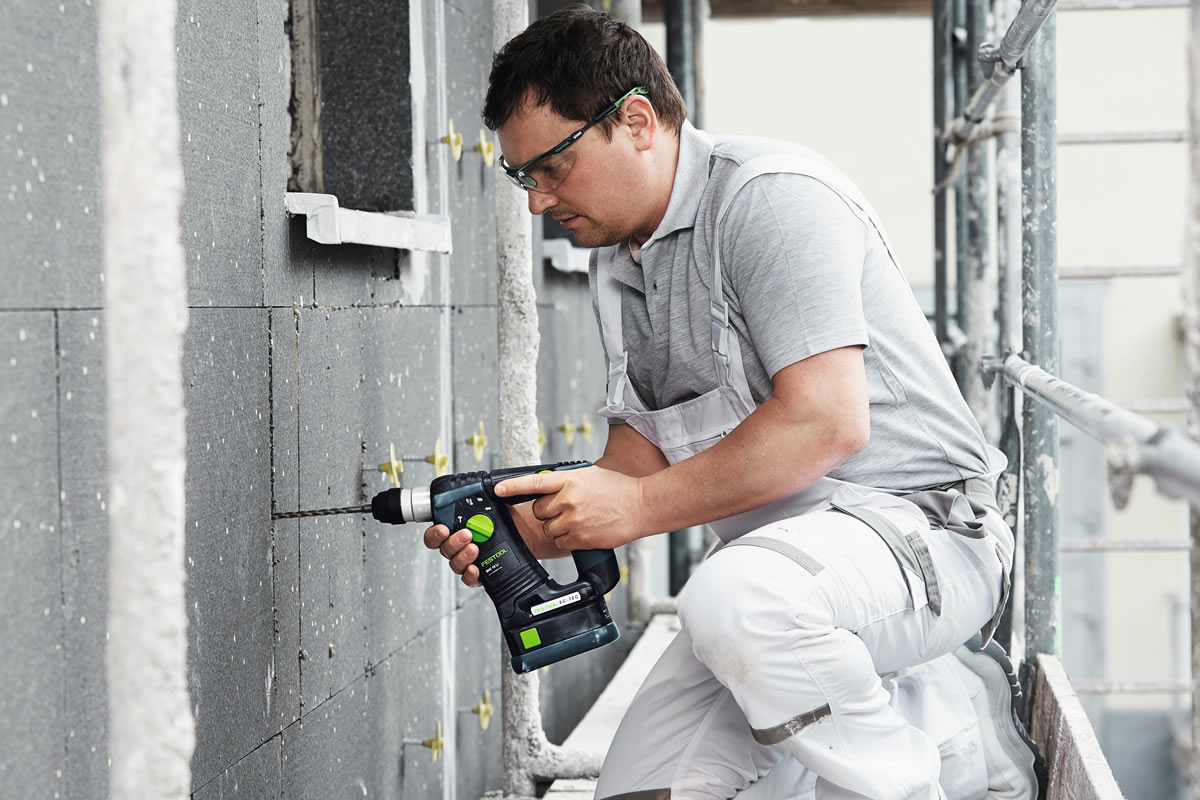
How do SDS+ drills work?
SDS drill bits have a series of slots, or indentations along the shank which allow it to move freely along its length when gripped in the chuck. The bit is retained by sprung ball bearings which locate into the slots, then allowing the bit to move forwards as a result of the drill’s hammer action. This greatly increases the drill’s performance as it allows power to be directed with greater efficiency.
Unlike a conventional hammer drill, where the entire chuck moves back and forth, it’s only the drill bit which moves, which is much more efficient way of delivering the impacts from the hammer.
One other advantage is that there’s no need to apply pressure to the drill as the hammer action is more than adequate to allow the bit to do the work.
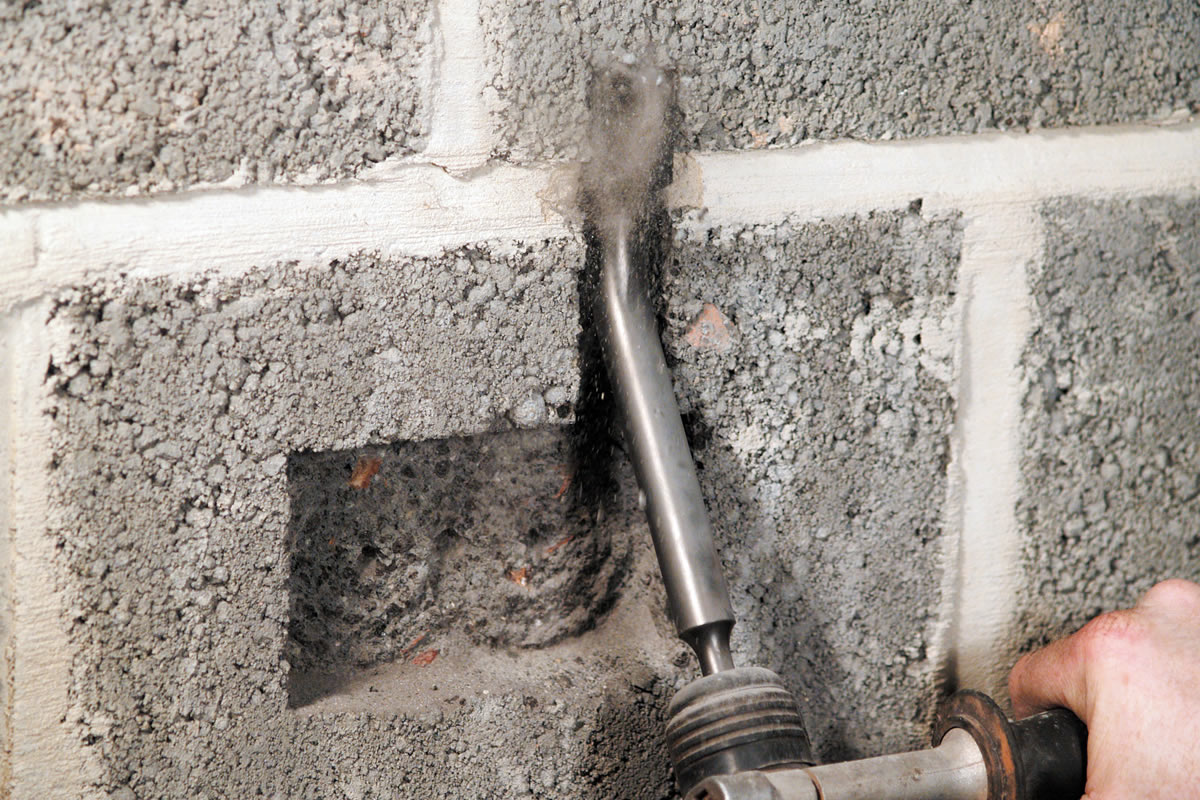
SDS+ Applications
A good SDS+ drill will be suitable for many applications, whether on site or in the home. It will make short work of the hardest reinforced concrete or tough house bricks and with the appropriate bit fitted is also ideal for removing ceramic tiles or channelling out brickwork for electrical cable. For some DIY or site applications, a standard combi hammer drill would probably be fine, but for serious trade or heavier duty use around the home, an SDS+ drill is an essential.
Different Operating Modes of SDS+ Drills
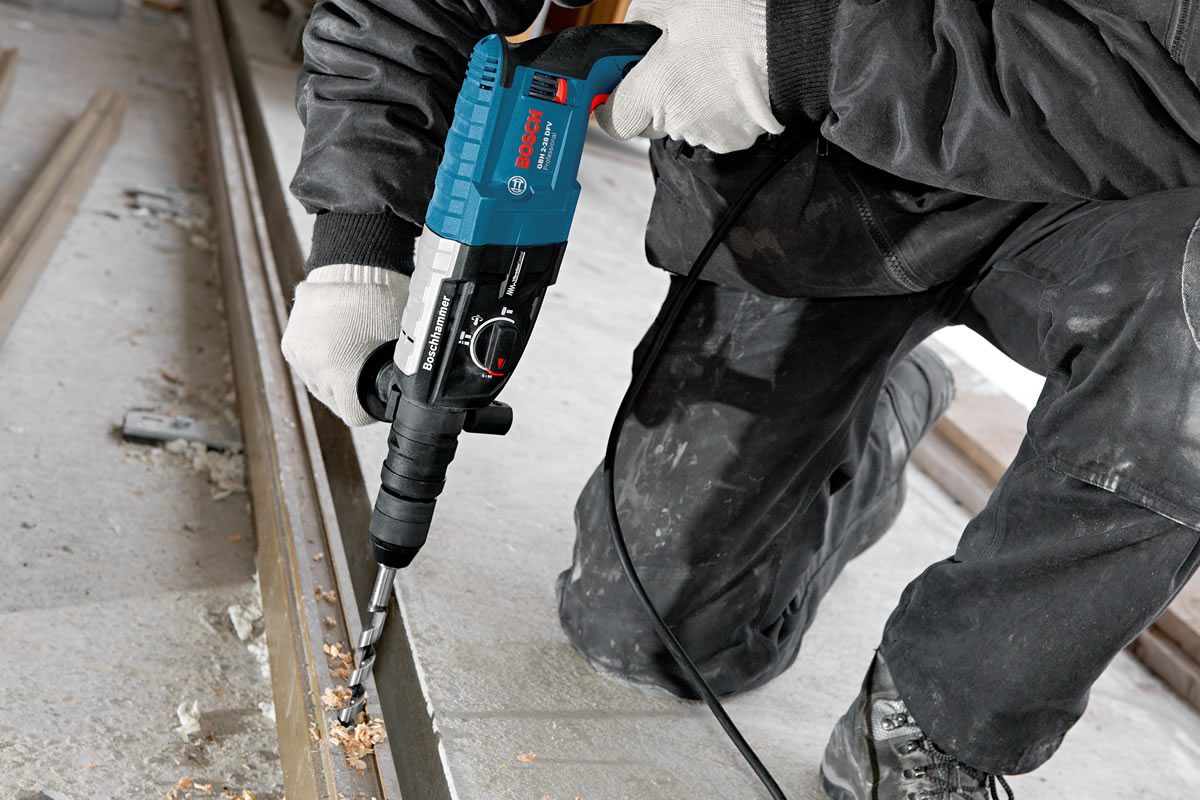
Drill - the standard drilling format where the chuck rotates with the drill bit and best suited for softer material. Standard drill bits can be used with with an SDS+ chuck adaptor.
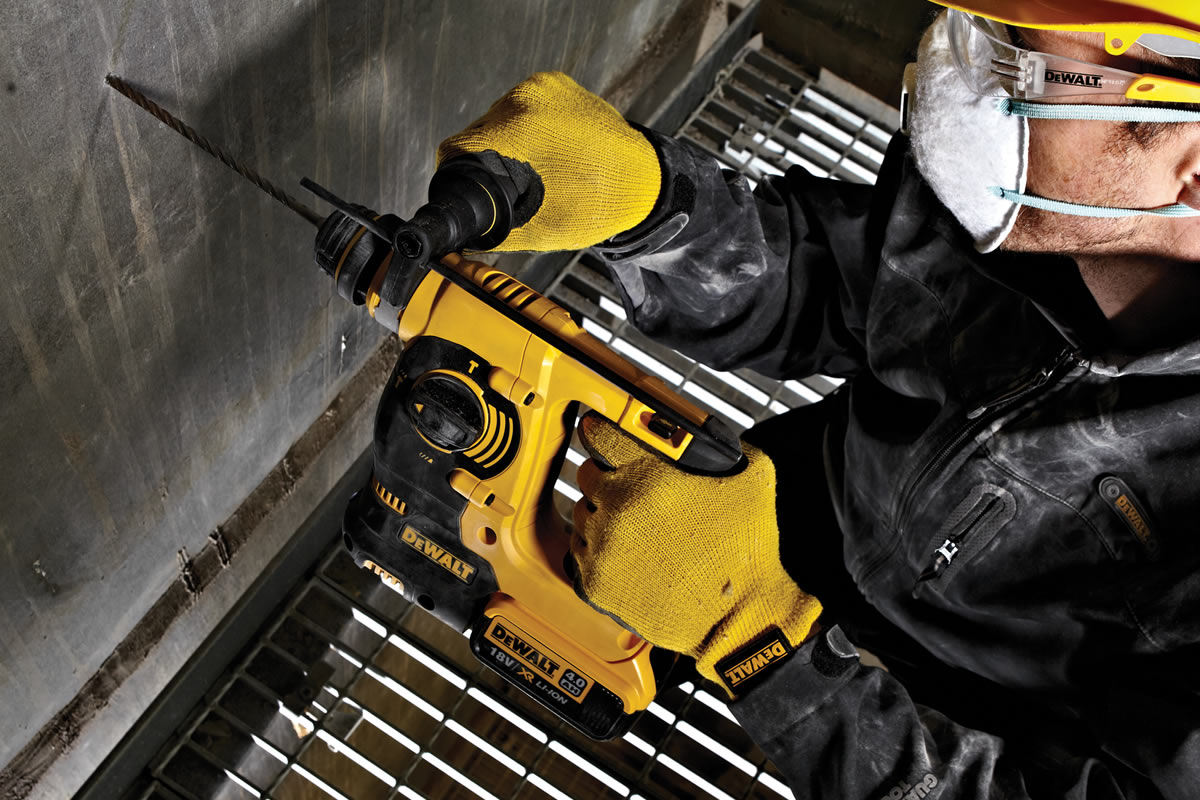
Drill and hammer - similar to the first method, but now the hammer inside the drill reciprocates, driving the drill with the familiar hammer action. This is the most common way that SDS+ drills are used.
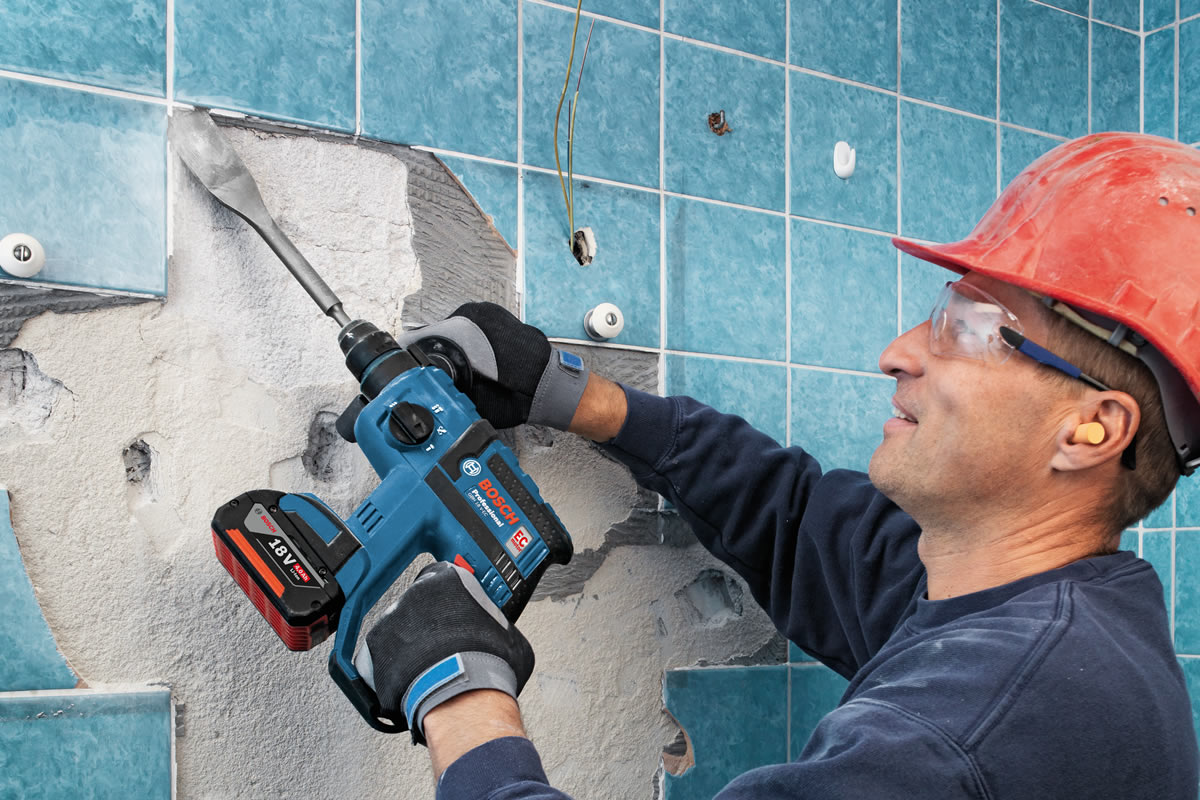
Hammer only (without rotation) - this method is sometimes known as the ‘rotary stop’ mode as the rotation of the drill bit is switched off which is required when a chisel is used in the drill.
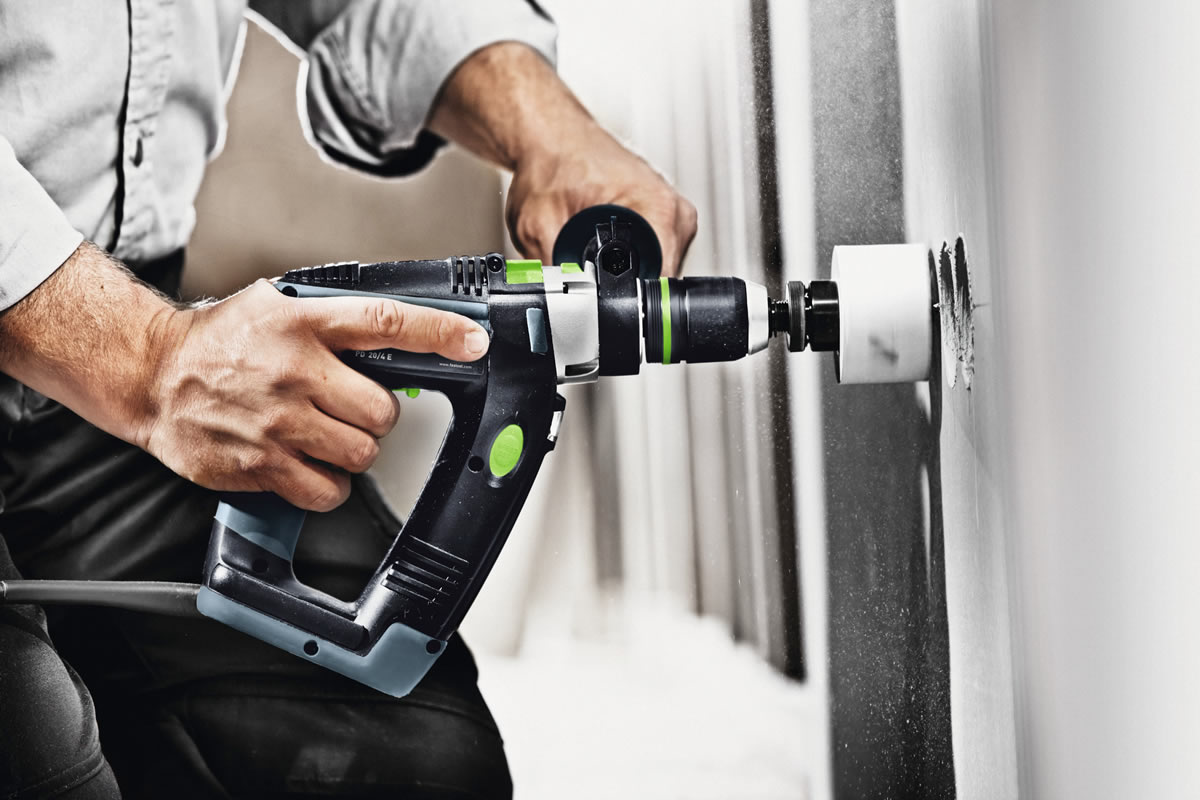
Accessories for SDS+ Drills
There is a large number of accessories that can be used with an SDS+ drill. As well as standard SDS+ drill bits, there are for example, core bits (which require an adaptor), a mortar rake and tile removing chisel together with many other different types of bit.
It should be noted that standard drill bits cannot be used in an SDS+ drill unless an adaptor is purchased though some drills are supplied with an additional chuck for holding plain shank drill bits.



